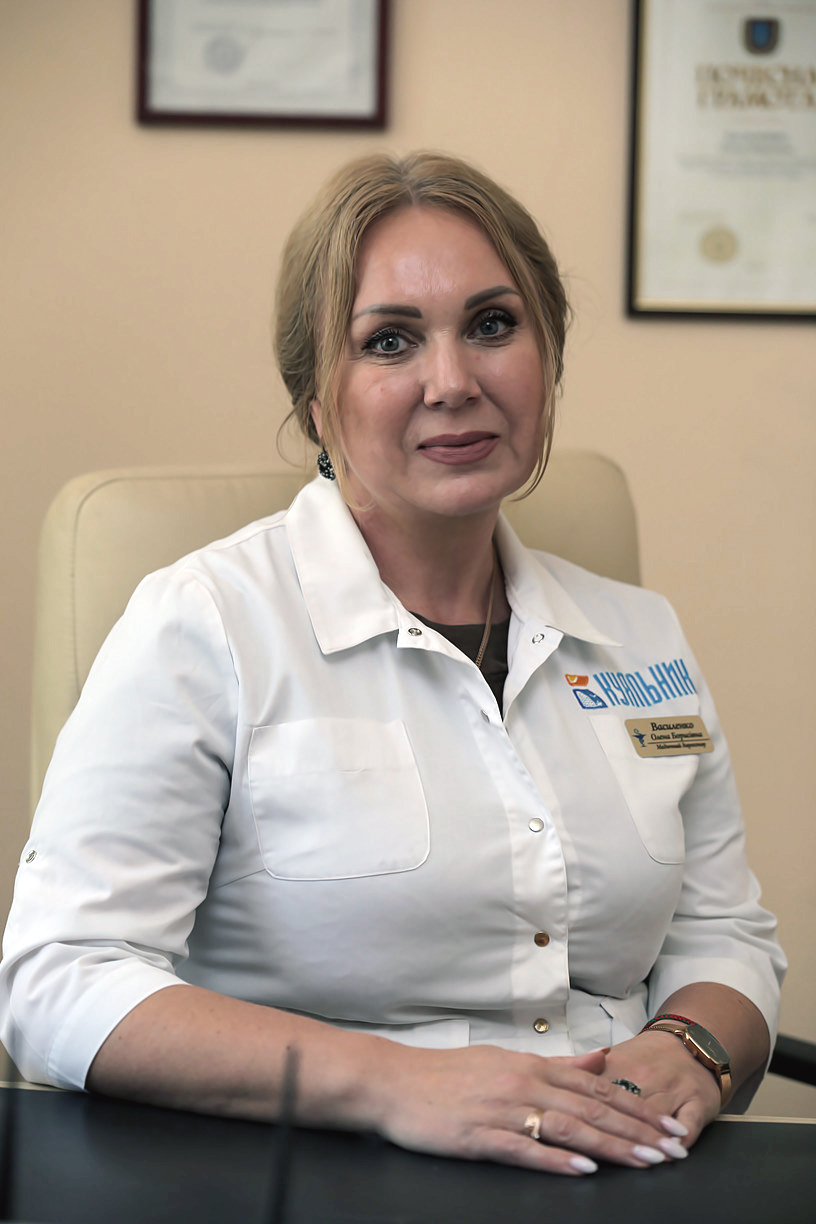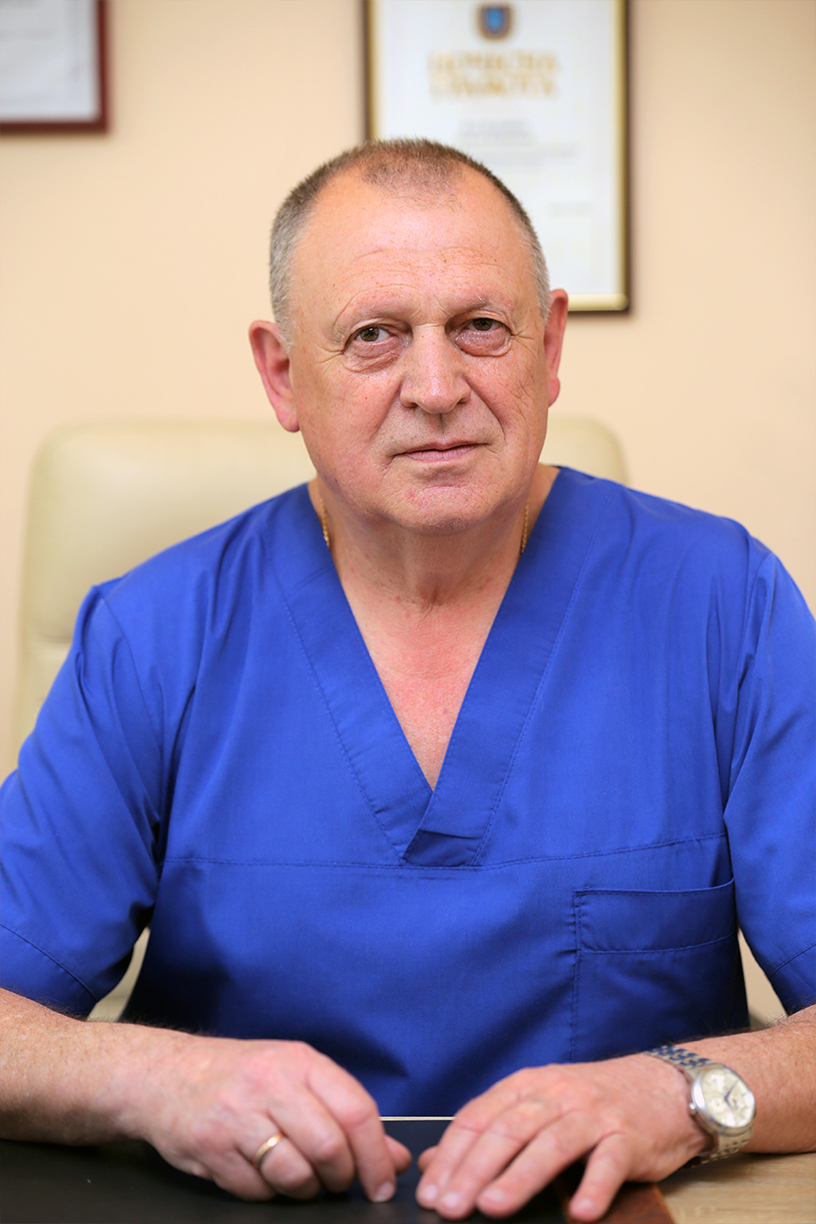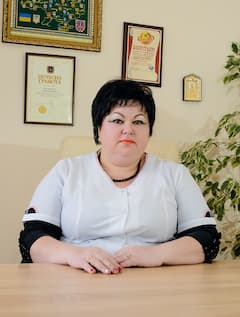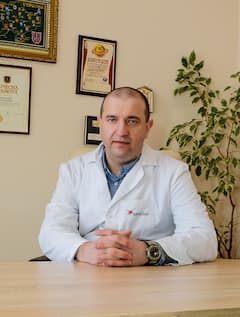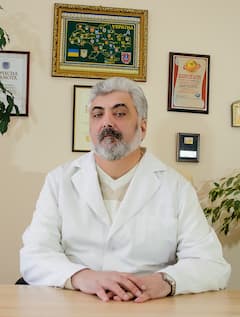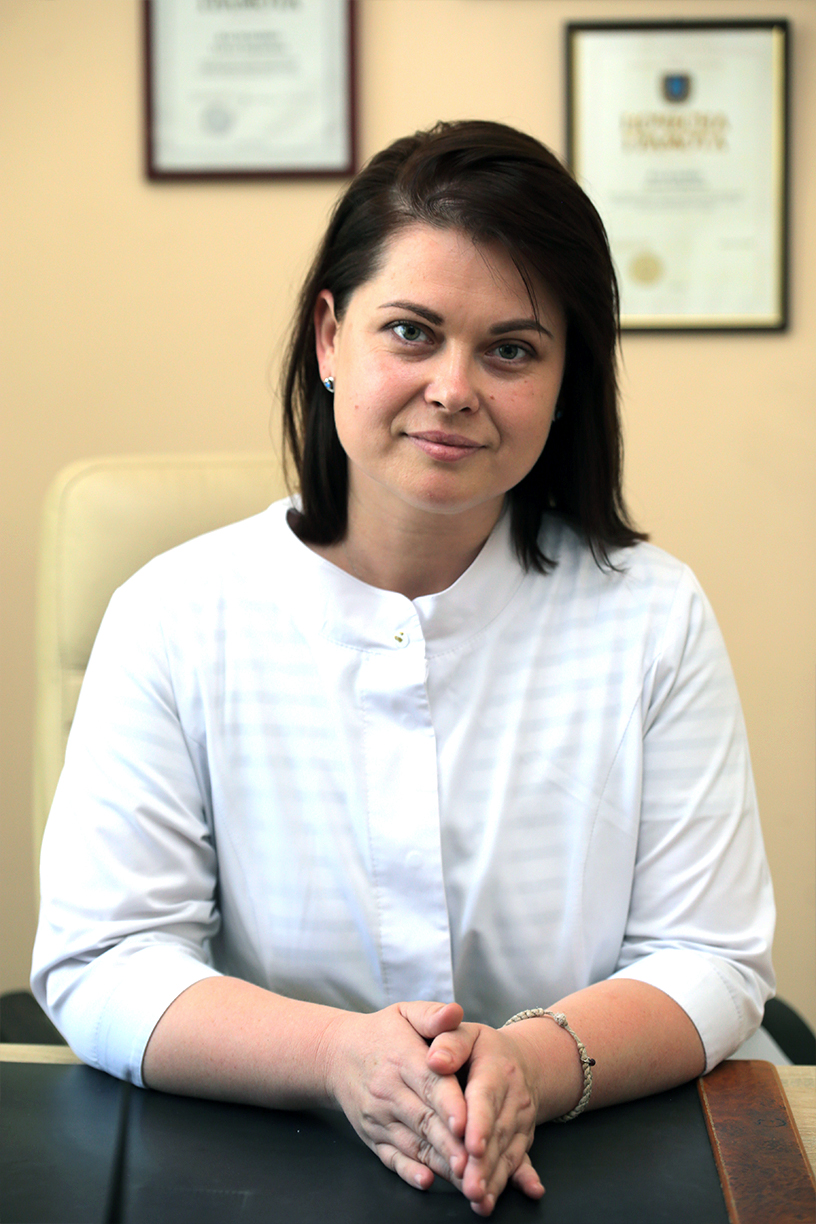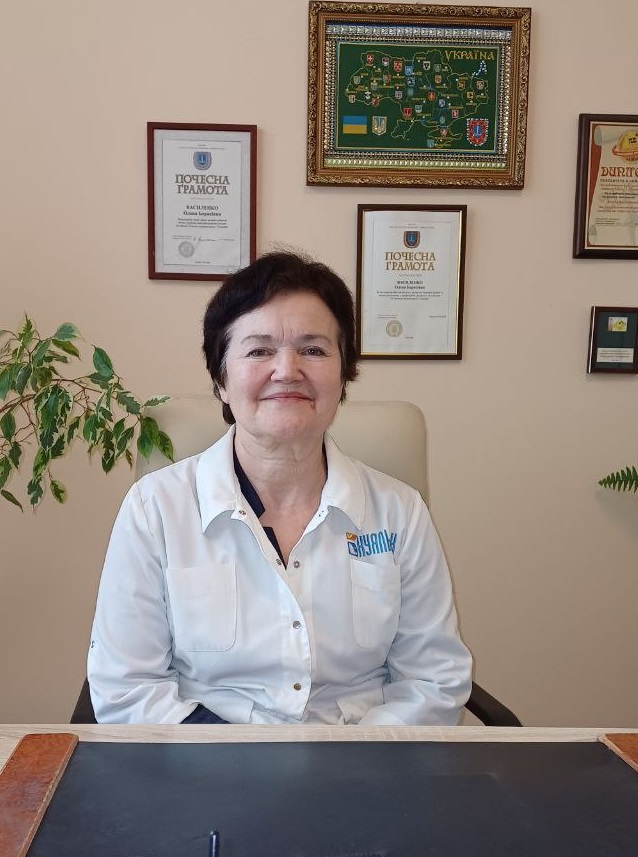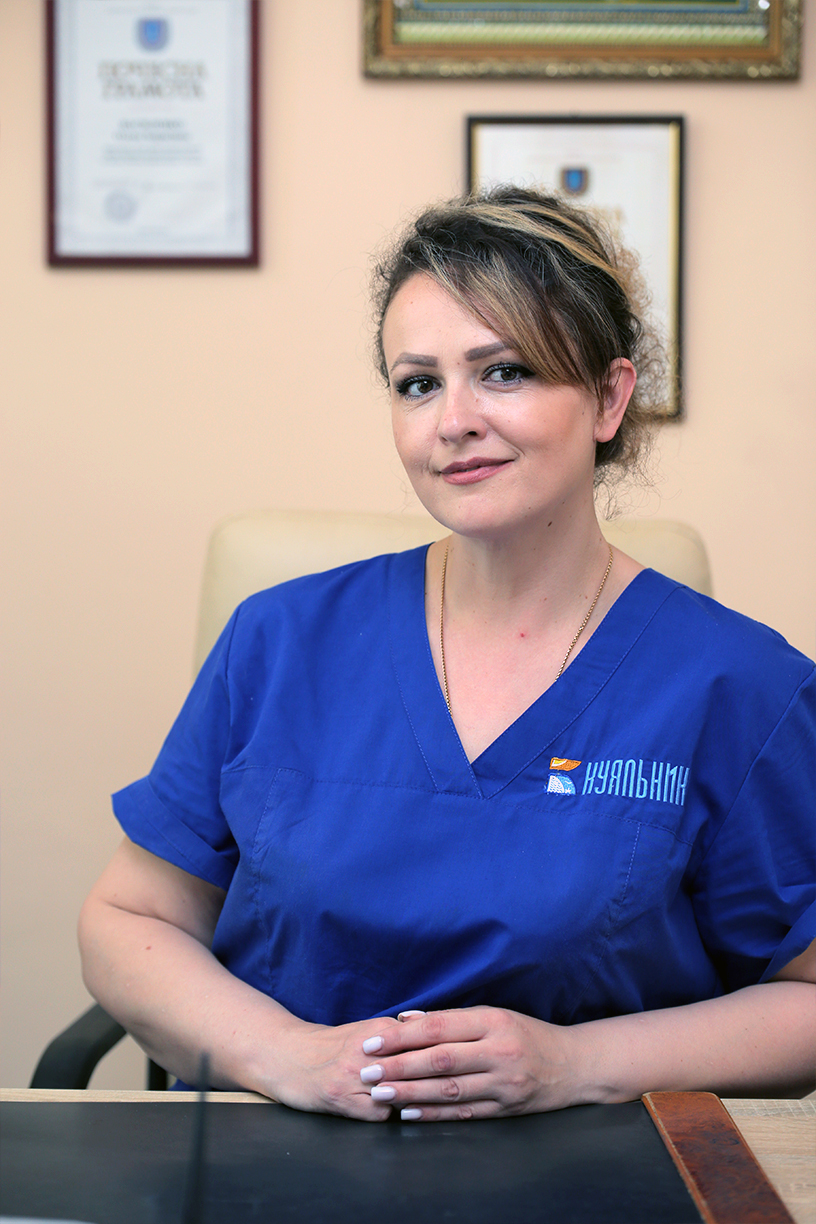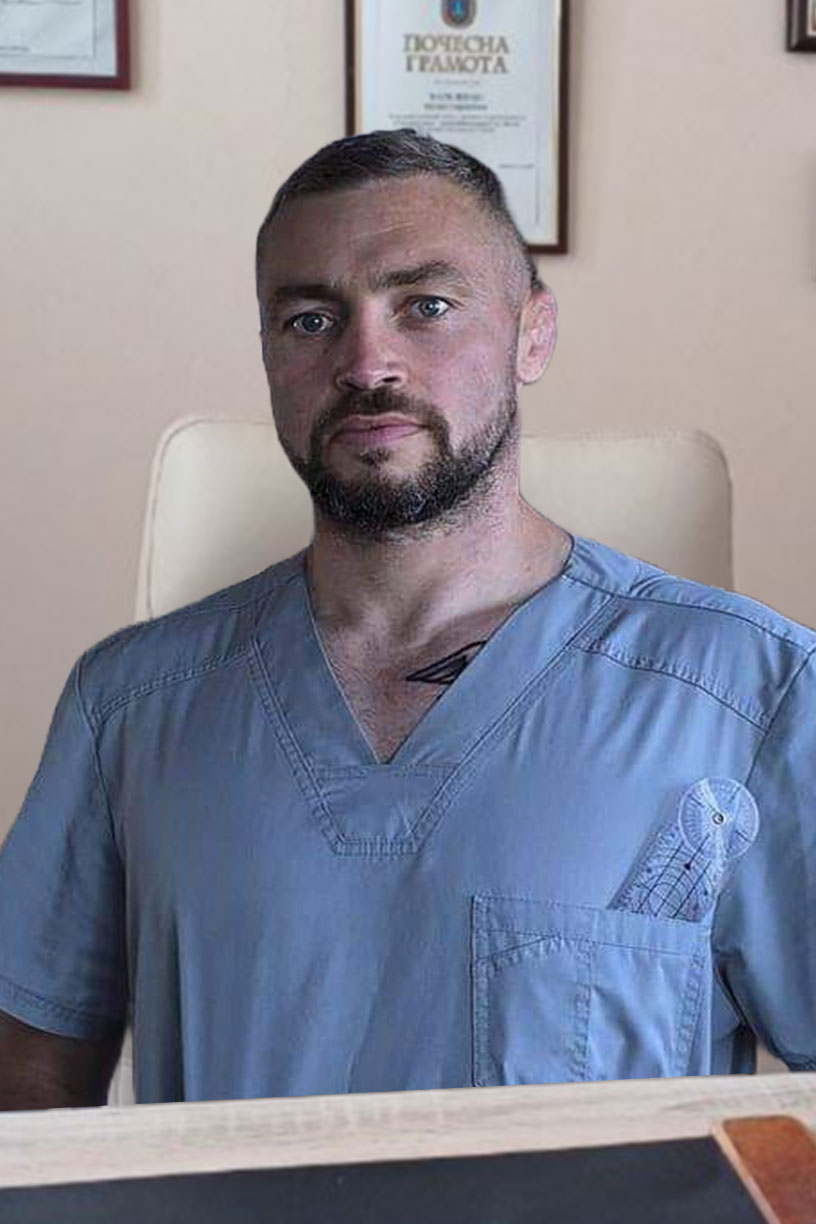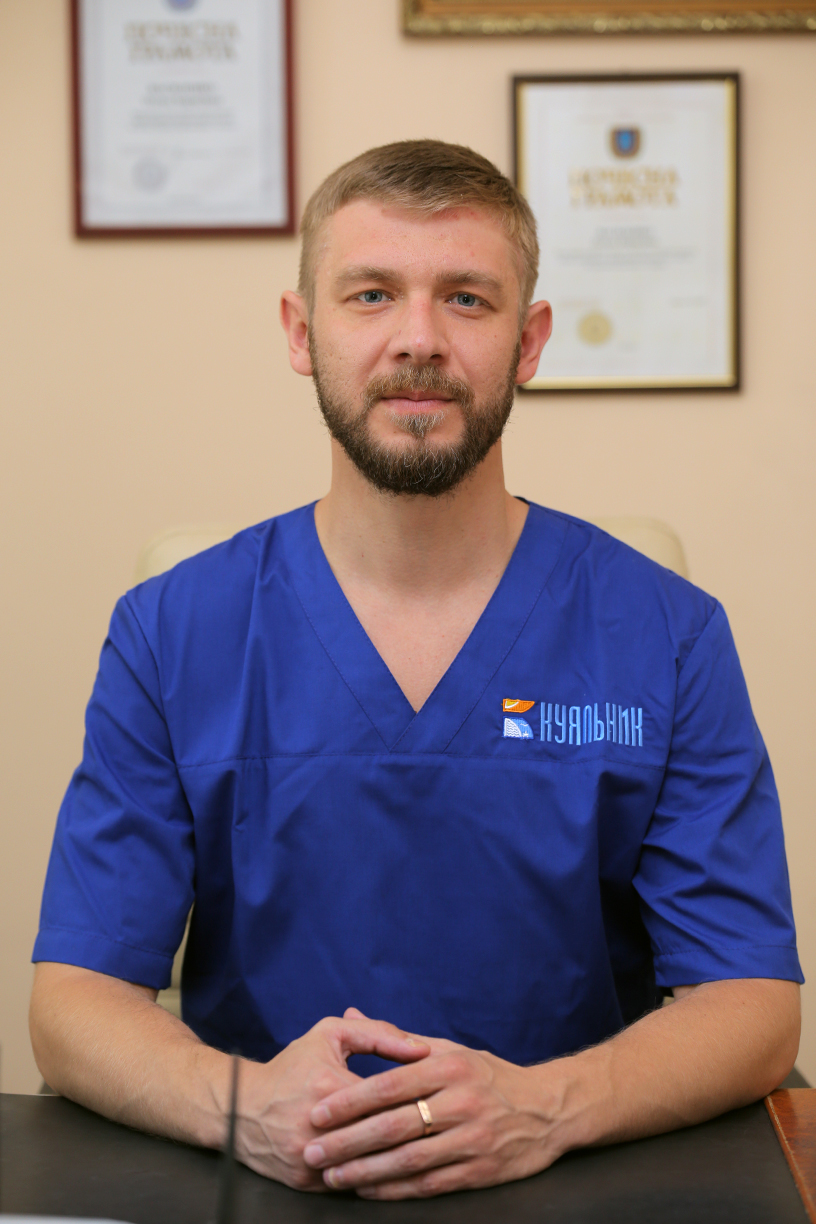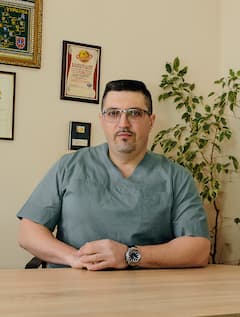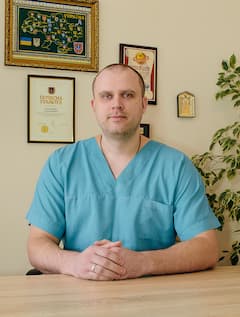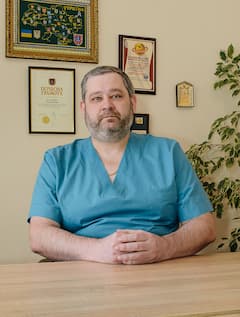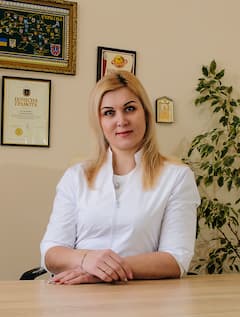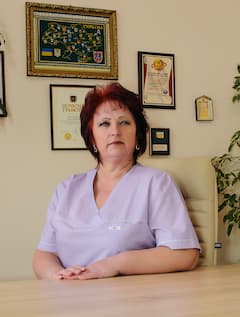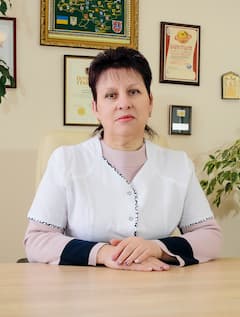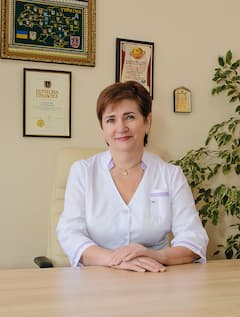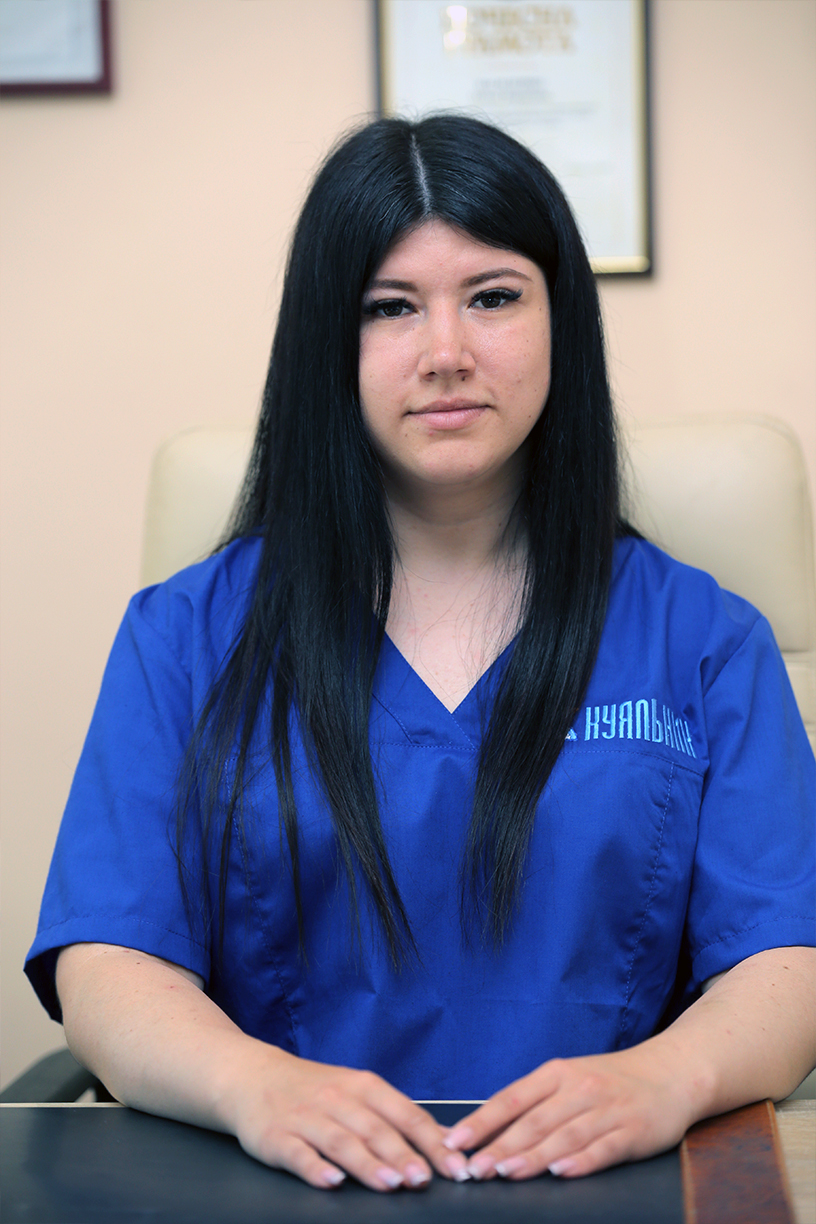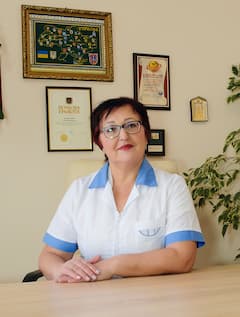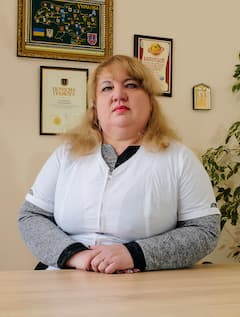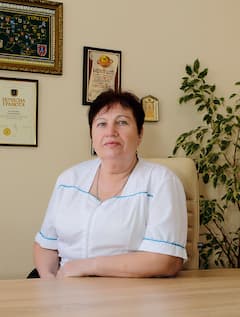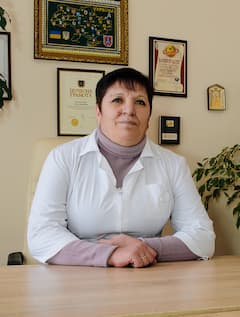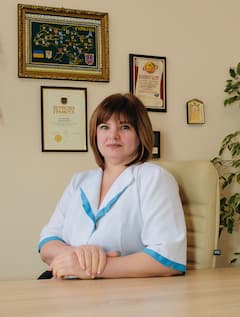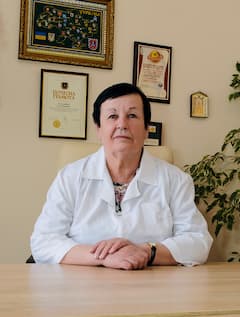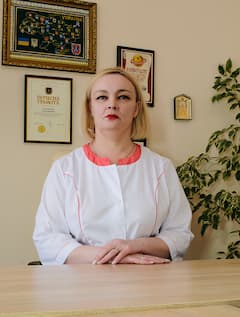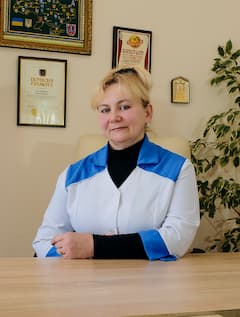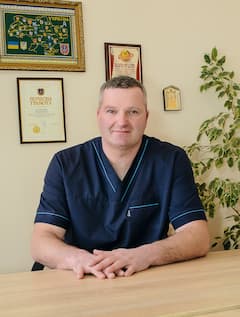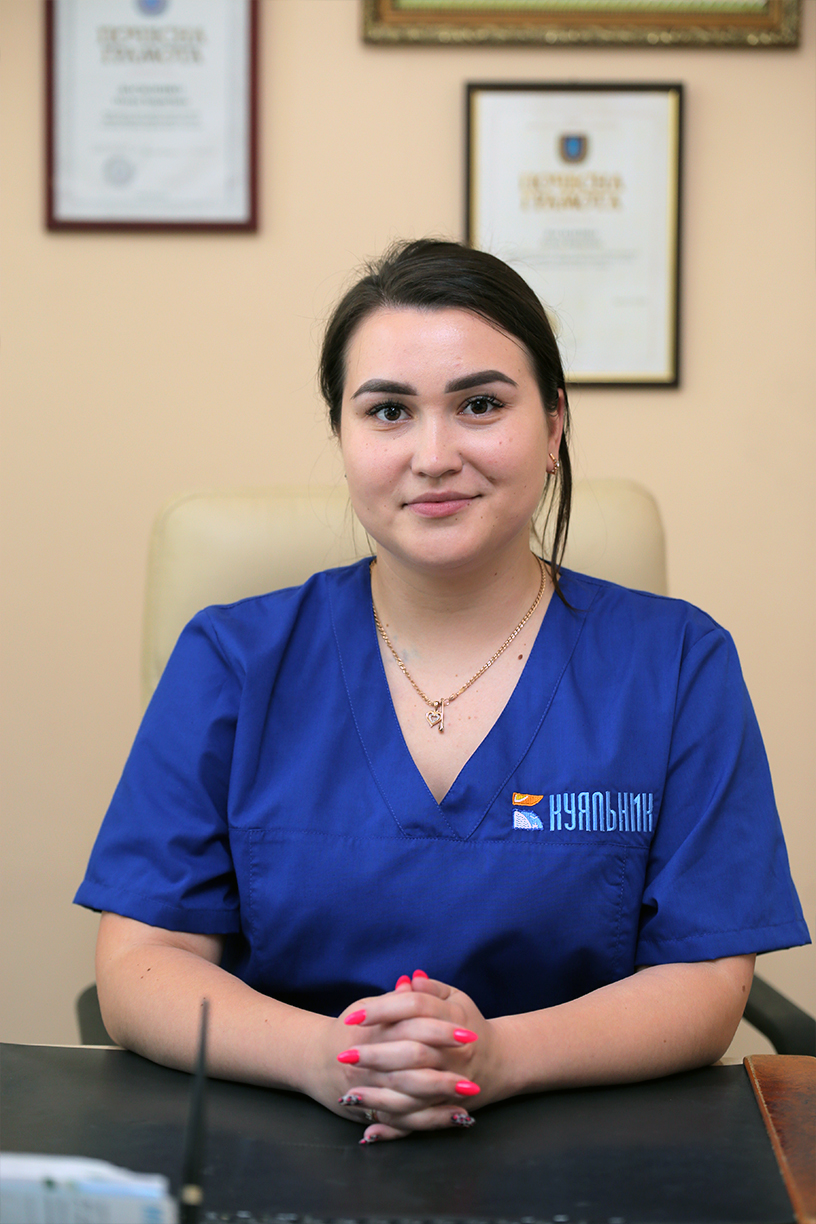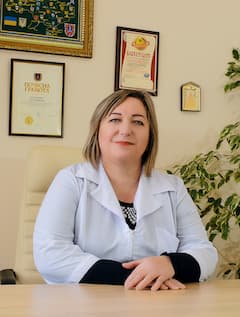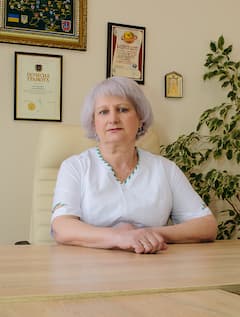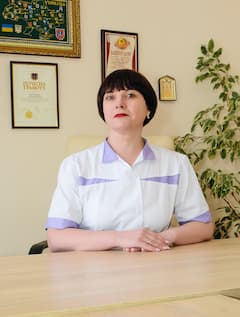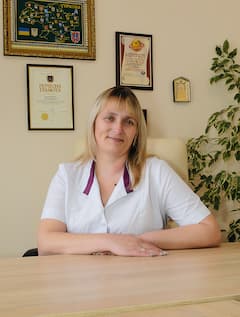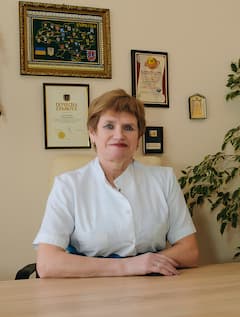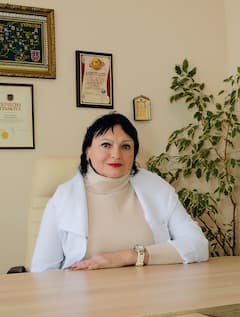Mechanotherapy is a vital part of the rehabilitation programs at Kuyalnik Sanatorium. This method involves the use of special mechanical devices and exercise machines to restore and strengthen the musculoskeletal system. Mechanotherapy helps improve blood circulation, increase joint mobility, and strengthen muscles. Our specialists design individualized mechanotherapy programs for each patient, taking into account their condition and needs.
The mechanotherapy procedure begins with an examination and consultation with a doctor who determines the patient's current physical condition and develops a personalized treatment program. Depending on the indications, various devices may be used, such as joint trainers, passive limb development devices, cycling ergometers, and other mechanical aids.
During mechanotherapy sessions, patients perform exercises under the supervision of medical staff who monitor the correct execution of movements and make adjustments as necessary. This minimizes the risk of injury and ensures maximum treatment efficacy.
Mechanotherapy at Kuyalnik Sanatorium is particularly effective for patients with musculoskeletal disorders such as arthritis, arthrosis, osteochondrosis, and others. Additionally, this method is widely used for rehabilitation after injuries and surgeries, promoting the rapid restoration of limb functionality and overall health.
One of the key advantages of mechanotherapy is the ability to gradually increase the load, allowing exercises to be adapted to the individual needs and capabilities of each patient. This is especially important for the elderly and those with limited physical abilities. Gradual increases in exercise intensity help strengthen muscles, improve joint flexibility and mobility, and enhance overall endurance.
Kuyalnik Sanatorium provides all the conditions necessary for comfortable and effective mechanotherapy sessions. Spacious and well-equipped halls, modern trainers, and qualified medical staff ensure high-quality treatment and rehabilitation. Our specialists regularly undergo training and professional development, enabling them to utilize the latest methods and technologies in mechanotherapy.
In addition to primary procedures, patients may also receive complementary treatments such as physiotherapy, massage, and therapeutic exercises as part of their mechanotherapy program. This comprehensive approach to treatment achieves the best results and significantly reduces rehabilitation time.
Indications:
- Arthritis and arthrosis: Mechanotherapy helps reduce pain, improve joint mobility, and prevent disease progression.
- Osteochondrosis and spondylosis: Improves blood circulation and metabolism in spinal tissues, reducing inflammation and pain.
- Rehabilitation after musculoskeletal injuries and surgeries: Accelerates the restoration of limb functions, strengthens muscles and joints, and helps regain mobility and activity.
- Peripheral nervous system (neuritis, polyneuritis): Aids in the recovery of nerve functions, reduces pain, and improves overall condition.
- Degenerative diseases of the joints and spine: Helps slow down the degeneration process, improve mobility, and enhance the quality of life for patients.
Contraindications:
- Acute inflammatory processes: Mechanotherapy can exacerbate inflammation and worsen the patient's condition.
- Severe cardiovascular diseases: Increased physical load can be dangerous for patients with severe cardiovascular conditions.
- Malignant tumors: Physical exertion may promote the spread of tumor cells.
- Thrombophlebitis in the acute stage: Risk of thrombus detachment and development of thromboembolism.
- Mental disorders in the acute stage: Patients may be unable to adequately perform exercises and follow medical staff instructions.


